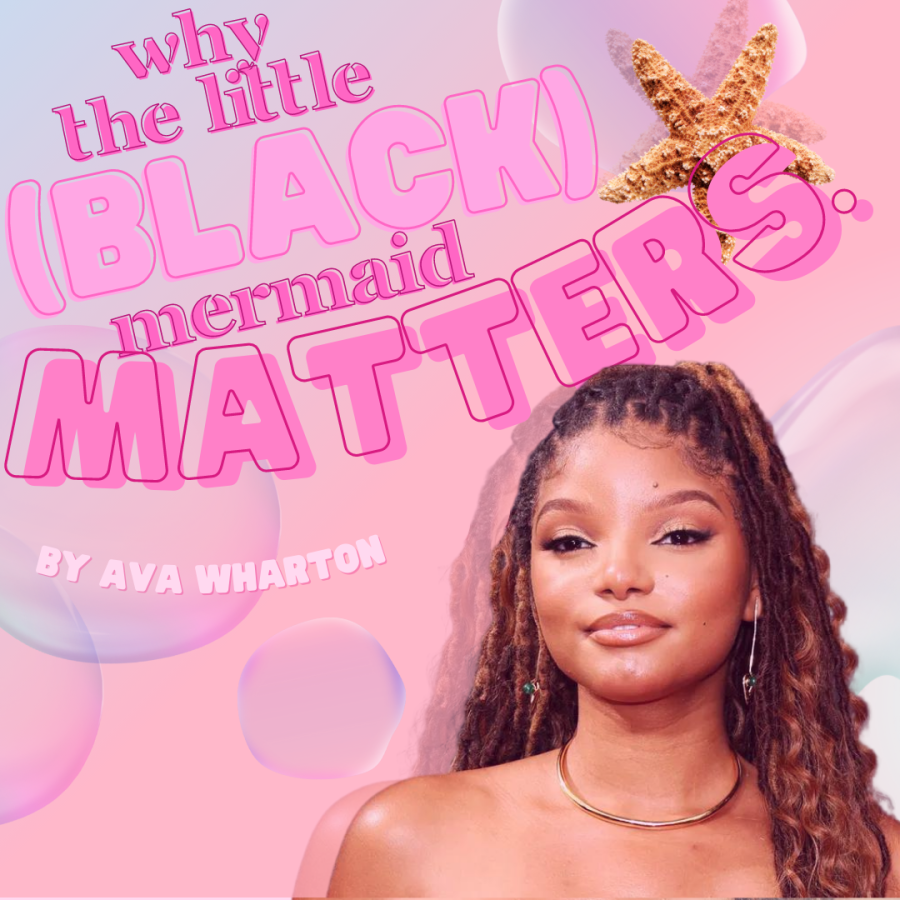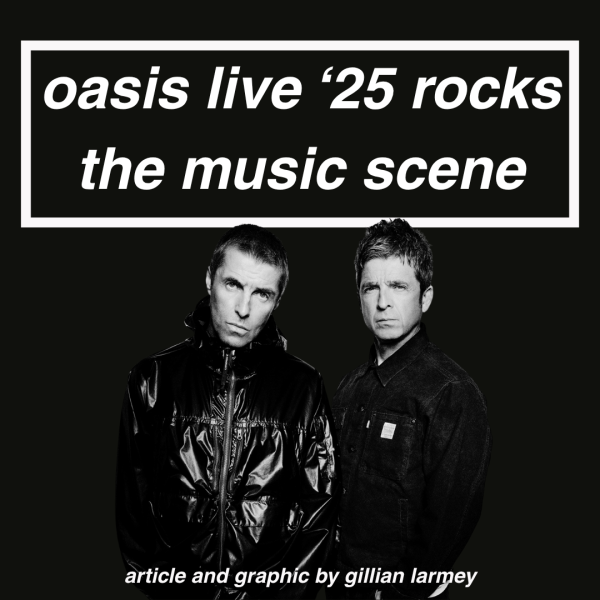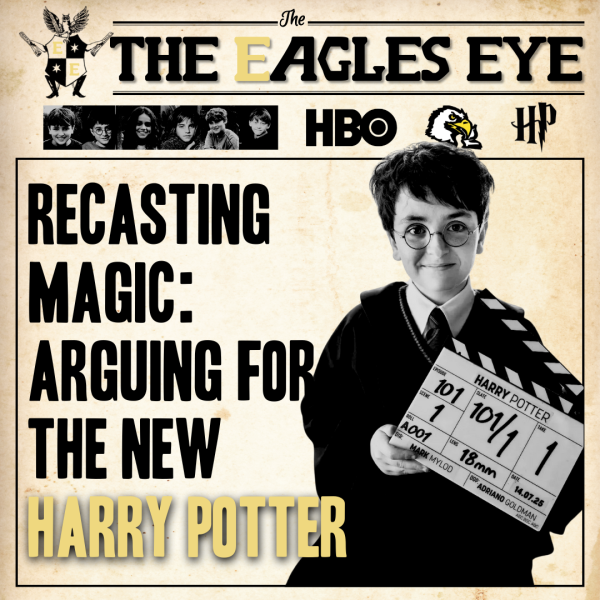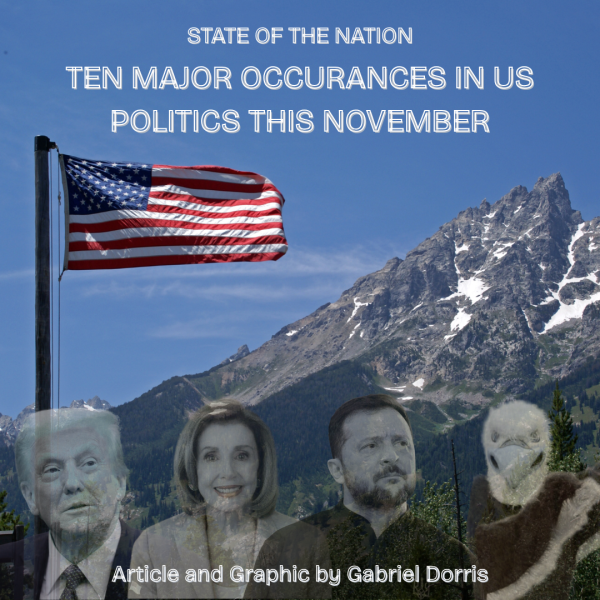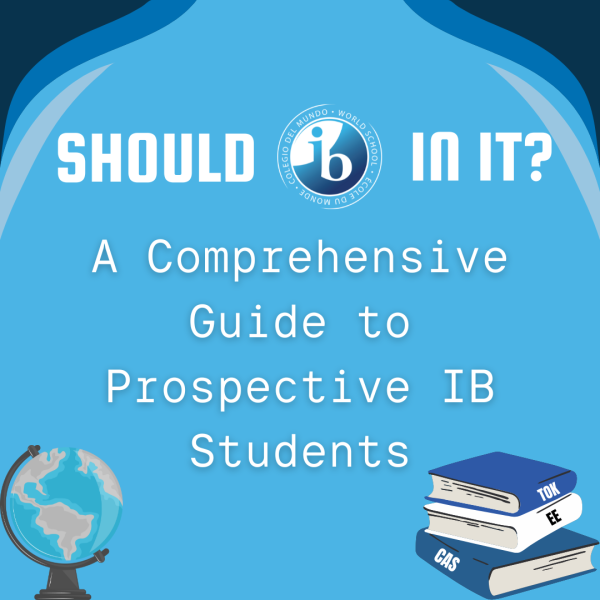Why the Little (Black) Mermaid Matters
On September 9, Walt Disney Studios released a trailer for its live-action remake of the 1989 classic, The Little Mermaid. The highly anticipated film is set to star Halle Bailey, the Atlanta-born singer and actress most known for her role in the performing sister duo Chloe x Halle. Raised in Los Angeles, the two girls began their singing career by posting covers on Youtube. While they quickly gained recognition for their locs and twin-like appearance, much of their fame is attributed to the powerful yet angelic quality of their music. The pair has since made a transition to the spotlight after releasing their debut album The Kids Are Alright in 2018 under Beyonce’s Parkwood Entertainment.
Set to grace screens as Ariel, Disney’s widely beloved red-haired princess protagonist, Halle Bailey has demonstrated efforts to establish herself independently in entertainment. However, Disney’s recent release of The Little Mermaid trailer has caused waves of criticism to resurface from when she first announced her casting on Twitter in 2019.
Some criticisms of The Little Mermaid remake have generated from fans’ appetite for originality in film, with Walt Disney fans and critics alike expressing frustration towards the recent string of movie remakes released. From Maleficent (2014) and Cinderella (2015) to Beauty and the Beast (2017) and Aladdin (2019), many argue that recycling has left the mainstream industry to suffer from a lack of creativity and freshness. Although these opinions remain relevant to a broader conversation about novelty in the film industry, much of the animosity towards the new project has been rooted in a bias far more sinister: racially-based discrimination.
WAVES OF DISCRIMINATION
Social media platforms have flooded with waves of racist outrage in protest of Disney’s casting of an African American woman as Ariel. Ranging from derogatory Twitter comments to the rapid surfacing of photoshopped caricatures of Bailey, the masses have not held back in expressing their racial intolerance. Between the flinging of racial slurs, mortified adults have proceeded to cite reasons (both obscure and irrelevant to the validity of a fictional character,) as to why the 22-year-old actress is unqualified to represent Ariel. Many attribute Bailey’s lack of plausibility to her melanated skin, which would “not be realistic” under the deep sea. Surprisingly enough, these very critics have failed to address the instrument-playing ensemble of dancing fish and talking creatures that appear throughout the duration of the original film.
Others believe Ariel’s roots in the fictional Danish city of Atlantica (based upon Hans Christian Andersen, the nationality of the original writer of The Little Mermaid) renders a Black portrayal of the character illogical. Wait ‘till they find out that Black people live in Denmark too. Unwavering protestors have gone so far as to argue that Ariel’s race is inseparable from her identity, drawing comparisons to Disney fans’ defense of Princess Tiana from the 2009 Princess and the Frog. Protestors have mocked Black women’s outcries at the suggestion that Tiana’s race could be exchanged with that of a white character, all while remaining fierce advocates for the exclusion of minorities from Ariel’s role.
However, this is a limited comparison. While The Little Mermaid is a mythological mermaid tale, Tiana was created in representation of award-winning chef Leah Chase. Born in 1923, her experiences navigating a segregated New Orleans as an African American woman created a focal point for Tiana’s fictional journey. These facts leave the designation of Ariel’s long mermaid tail, pale skin, and ability to talk to fish as a “culture” to protect to feel all the more ridiculous.
BAILEY’S STARRING ROLE
Hostility towards the The Little Mermaid trailer has demonstrated the historical underrepresentation and exclusion of Black women from the film industry. Where Disney has produced a string of European princess movies since its 1938 Snow White, Princess Tiana has served as the sole representative from young Black girls for only 12 years. Situated in an industry which expects Black women to settle for roles as supporting characters, often in perpetuation of degrading stereotypes, Bailey’s starring role in this film is made equally powerful as it is necessary. When exposed to an array of diverse Black narratives, young Black girls are given the freedom to take up space in a way that is liberating and empowering. From her Afrocentric physical features to her gentle disposition, Bailey’s presence on international screens will act as a celebration of long-overlooked stories. Each second of Bailey’s screen time will serve as confirmation that Black girls are beautiful, in a powerful extension of resurging Black movements of self-love and acceptance.
Your donation will support the student journalists of Enloe Magnet High School, allowing us to cover our annual website costs. We are extremely grateful for any contribution, big or small!
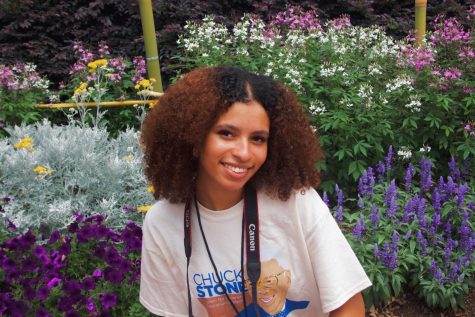
(She/her)
Ava is a first-year member of the Eagle’s Eye staff! When she's not reading obsessively, doing yoga, or decoding Jordan Peele films, you might...


